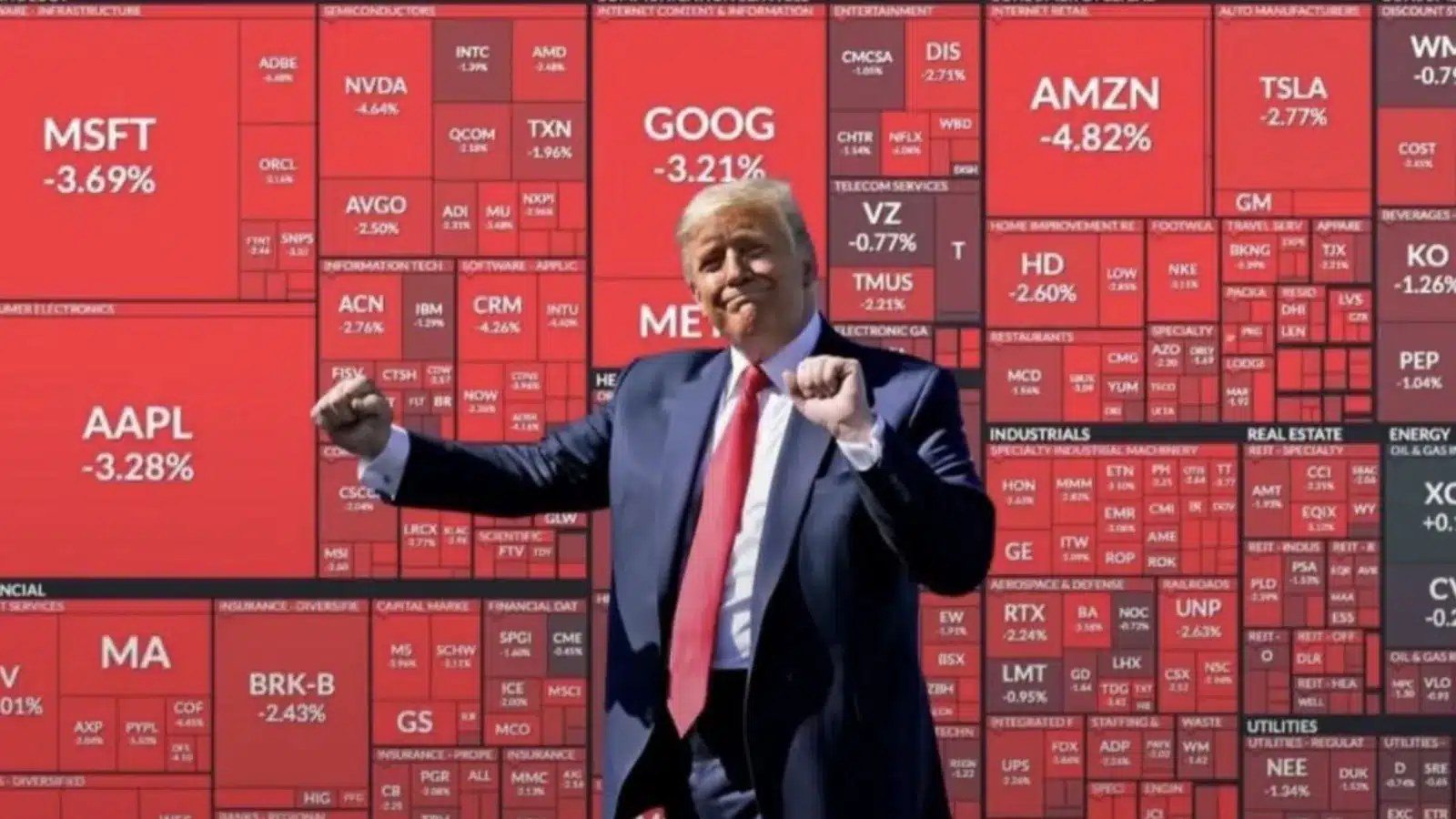Impact of Trump’s Tariff: India Among Many Affected by New White House Deadline

In a significant shift in trade policy, the United States has announced a comprehensive overhaul of its global tariff rates, targeting various countries and territories, including those within the European Union. This new approach, formalized through an executive order signed by President Donald Trump, moves away from negotiation-based tariffs to a more punitive framework. The revised tariff rates, which range from 10% to over 41%, are set to take effect on August 7, leaving little time for businesses to adjust their operations.
Immediate Implementation of New Tariffs
The newly established tariffs will be enforced starting August 7, with no grace period for compliance. This immediate implementation reflects the U.S. government’s determination to enforce trade discipline without further negotiations. Businesses and importers worldwide will have to adapt quickly to these changes, as the new rates will significantly impact their contracts and supply chains. The urgency of this policy shift underscores the administration’s commitment to a more aggressive stance on trade enforcement.
National Security and Trade Imbalance as Justifications
In his executive order, President Trump emphasized that the revised tariff regime is essential for safeguarding U.S. national security and addressing chronic trade imbalances. He expressed concerns about trade relations with adversarial or sanctioned states and highlighted the importance of rewarding “trusted economic partners” while penalizing those deemed “non-cooperative.” This policy reflects a broader belief that the existing global trade system is no longer aligned with America’s strategic interests, necessitating a reevaluation of trade relationships.
New Tariff Structure and Rates
The revised tariff structure introduces differentiated rates for various countries, ranging from 10% to 41%. This new baseline replaces previous rates that were primarily used as leverage in trade negotiations. Countries facing the steepest penalties include Syria (41%), Laos (40%), Myanmar (40%), and Switzerland (39%). The rationale behind these high tariffs varies, with some countries facing penalties due to political instability or alignment with U.S. rivals, while others, like Switzerland, are penalized for financial opacity. India has been assigned a 25% tariff, reflecting concerns over its trade with Russia and ongoing trade imbalances, marking a setback in U.S.-India trade negotiations.
Impact on Global Trade and Supply Chains
The implementation of these tariffs is expected to reshape global supply chains significantly. Industries such as pharmaceuticals, electronics, steel, and textiles may experience increased cost pressures as trade partners reassess their export strategies. The new tariffs could lead to a wave of countermeasures from affected countries, potentially igniting a new phase of tariff wars. While some nations have secured temporary extensions to continue negotiations, many others face uncertainty as the August 7 deadline approaches. The U.S. administration has indicated that it may further expand or tighten these tariffs in future rounds, suggesting a long-term shift in its trade policy landscape.
Observer Voice is the one stop site for National, International news, Sports, Editor’s Choice, Art/culture contents, Quotes and much more. We also cover historical contents. Historical contents includes World History, Indian History, and what happened today. The website also covers Entertainment across the India and World.
Follow Us on Twitter, Instagram, Facebook, & LinkedIn

